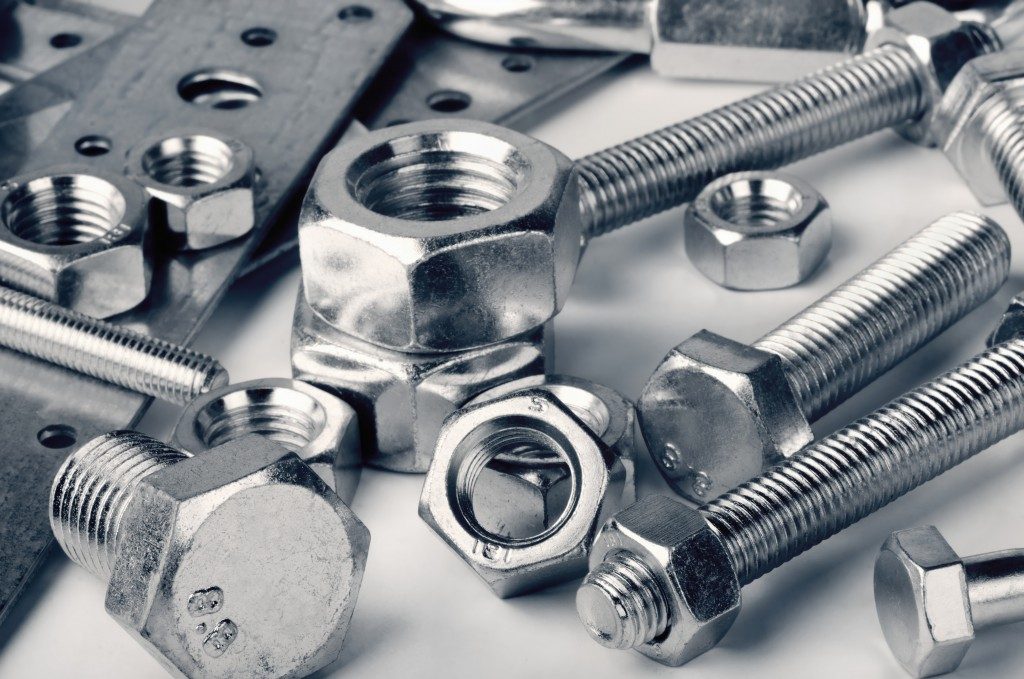The construction and remodelling industry won’t be complete without suppliers of stainless steel fasteners. Their products complement necessary raw materials such as metal sheets or wood planks. Because the types of joints or attachments necessary can vary, there are also different kinds of fasteners. These include the following:
1. Nails
Nails are a spike or pin-shaped type of fastener. They have different uses. Their primary purpose is to join at least two objects together. Some people utilise them to hang objects such as frames or even serve as decorations.
Typically, a nail consists of two main parts: the head and the pin. The head is usually flat, but today, it can already be of various designs. For example, there’s the bullet-head nail, which features a rounder head. It is still an all-purpose nail. It prevents someone from accidentally pulling it out once hammered.
A coil nail is a series of connected nails. It is ideal for large-volume operations. It helps contractors or builders save time. It also ensures consistency in the fastener application. Nails are also available in different sizes and thicknesses. For example, the clout nail is short but stout. It is a better nail to use when fastening a sheet to a wood.
2. Screws
Screws can have similar parts as nails. For example, they have a head, thread, and pin. They differ on how these components look like. The head is usually round and slotted to allow the use of screwdrivers. The thread, on the other hand, is helical. This design lets the nail rotate easily as it fastens into the objects.
Screws and nails can be stainless steel. The advantage of the former is that users can remove them more quickly than the latter.
There are different types of screws. The choices depend on many factors, such as their purpose. For instance, wood screws have coarser threads. This is to prevent the fastener from splintering the material as the user drives it inside.
Wood screws and drywall screws can be similar. Both can have coarser threads. The significant difference is the tip. A drywall screw might already have a pre-drilling one, so there’s no need to make holes.

The screw heads can also be of different looks. One of the popular is the flathead. It is ideal for projects that require no heads should be sticking out. The same head can also have an angle.
3. Nuts and Bolts
It’s easy to confuse screws and bolts since they seem to look the same. A bolt can still have a threaded stem and a slotted head. The primary difference between the two is that the bolt is a male thread. In other words, it needs a partner, a female thread, such as nuts to secure it.
The advantage of the nuts and bolts over screws is that they can work on existing holes. This is because these two can be of different sizes and dimensions.
The forecast suggests the demand for fasteners will only grow in the coming years. By 2025, it will reach a value of $101.5 billion. This is due to its use in other types of applications and industries besides construction. In other words, unless the industry learns of new ways of joining materials, fasteners will remain relevant.






